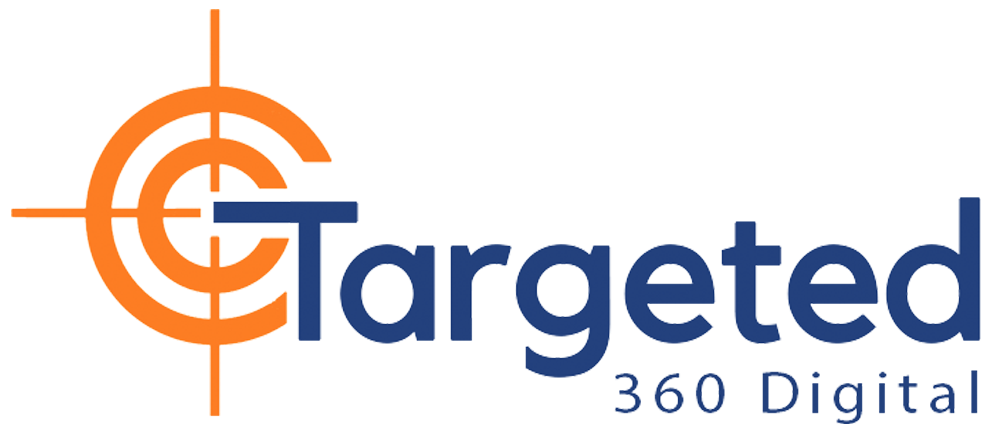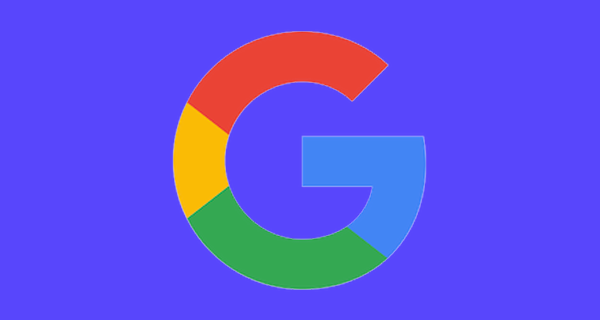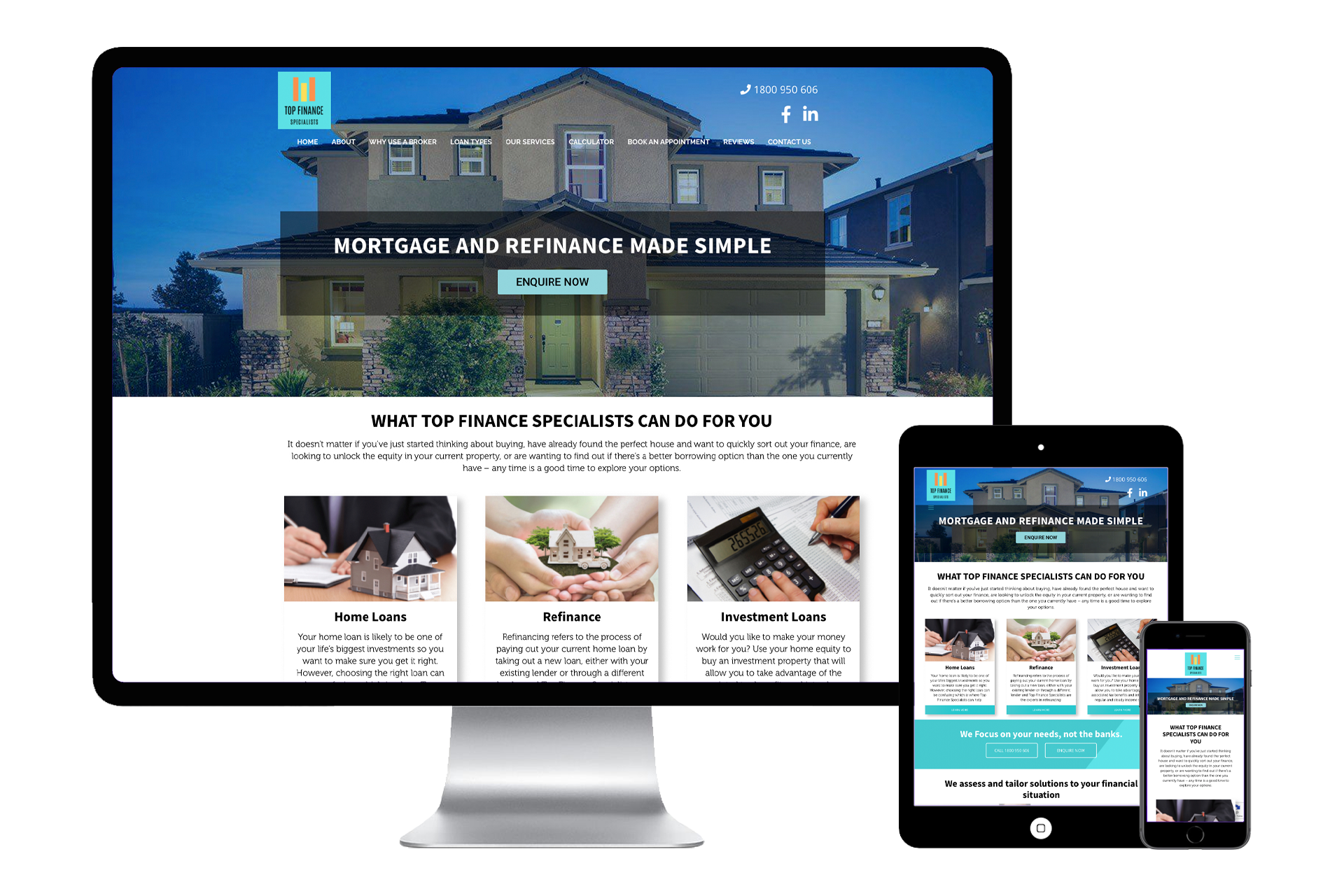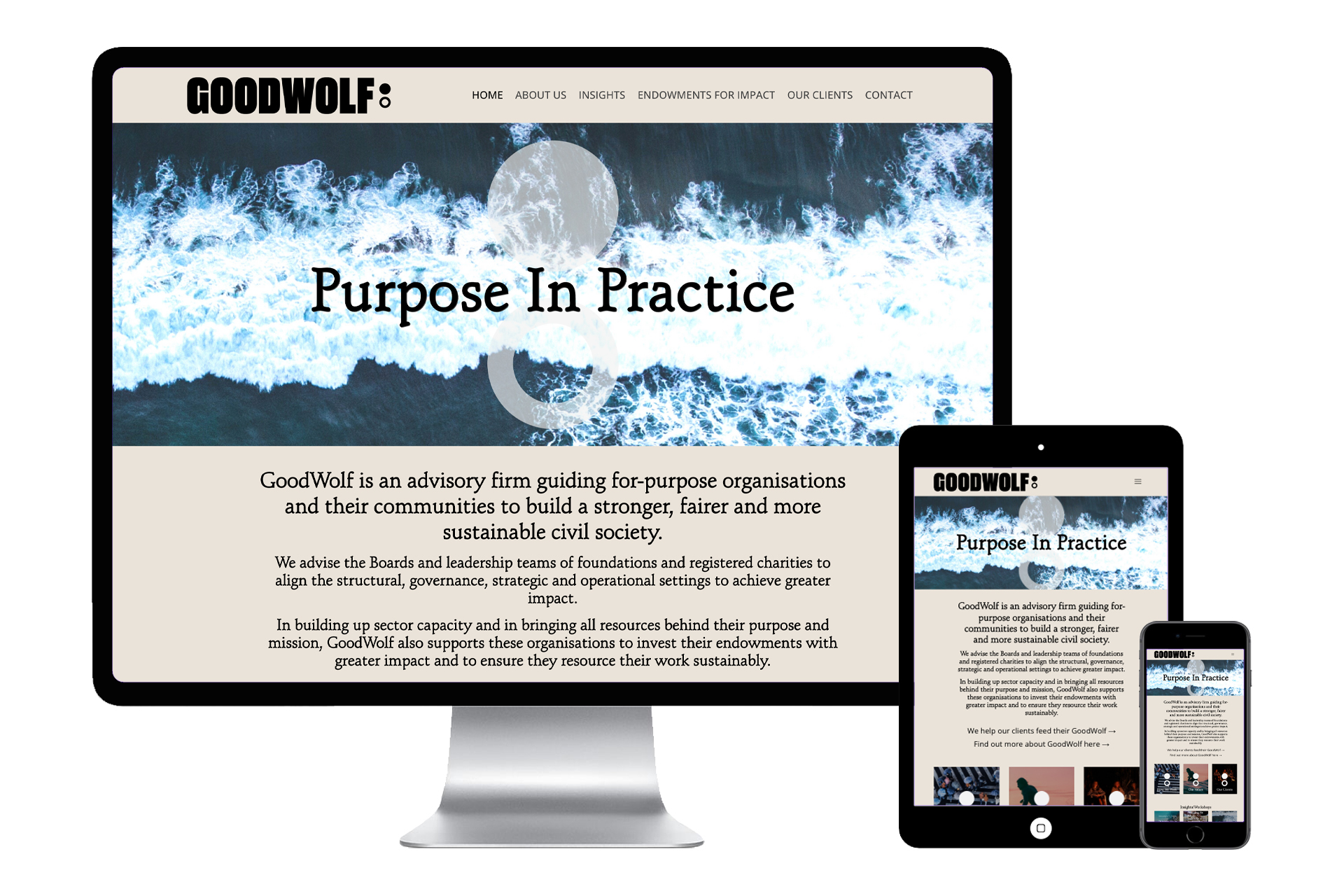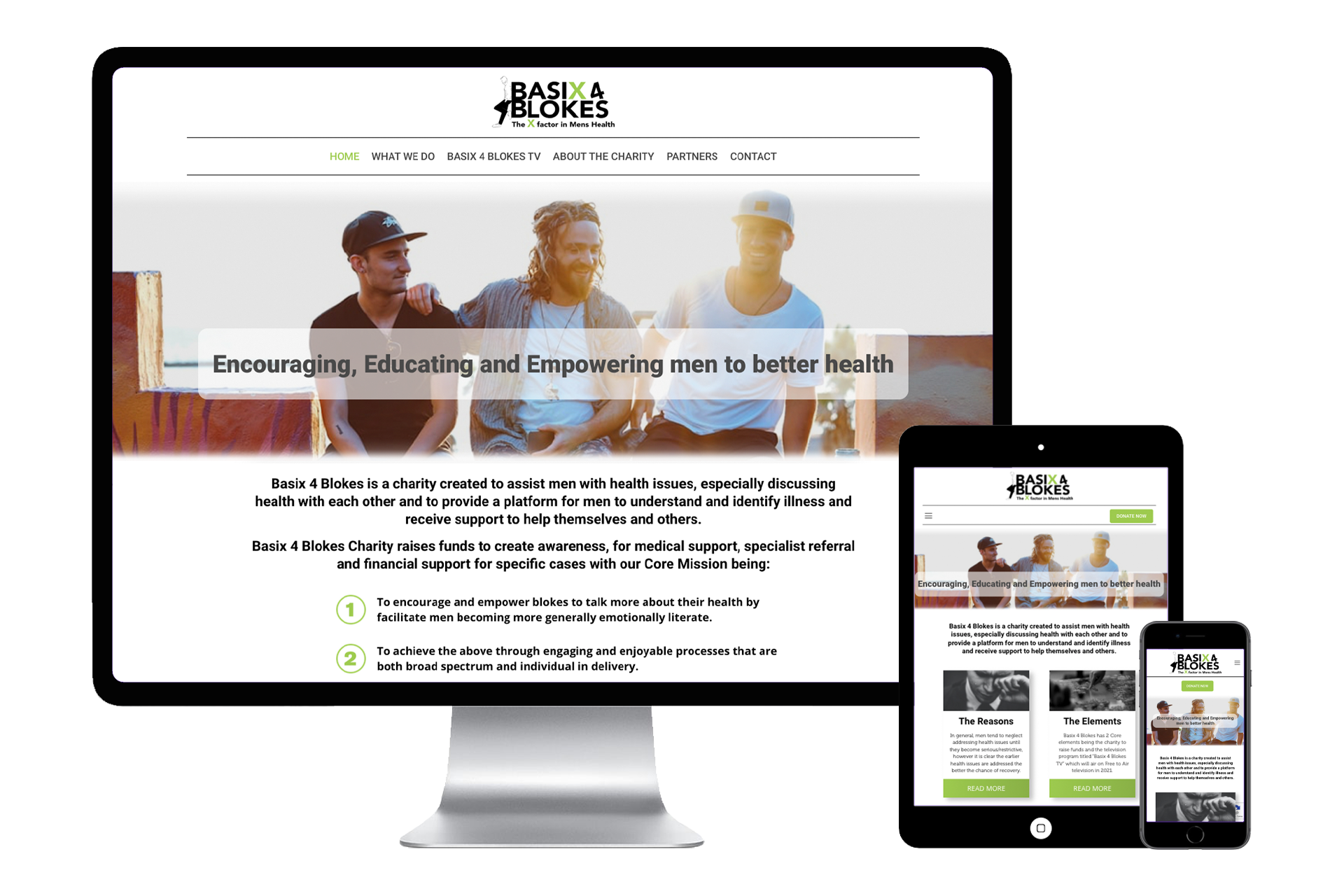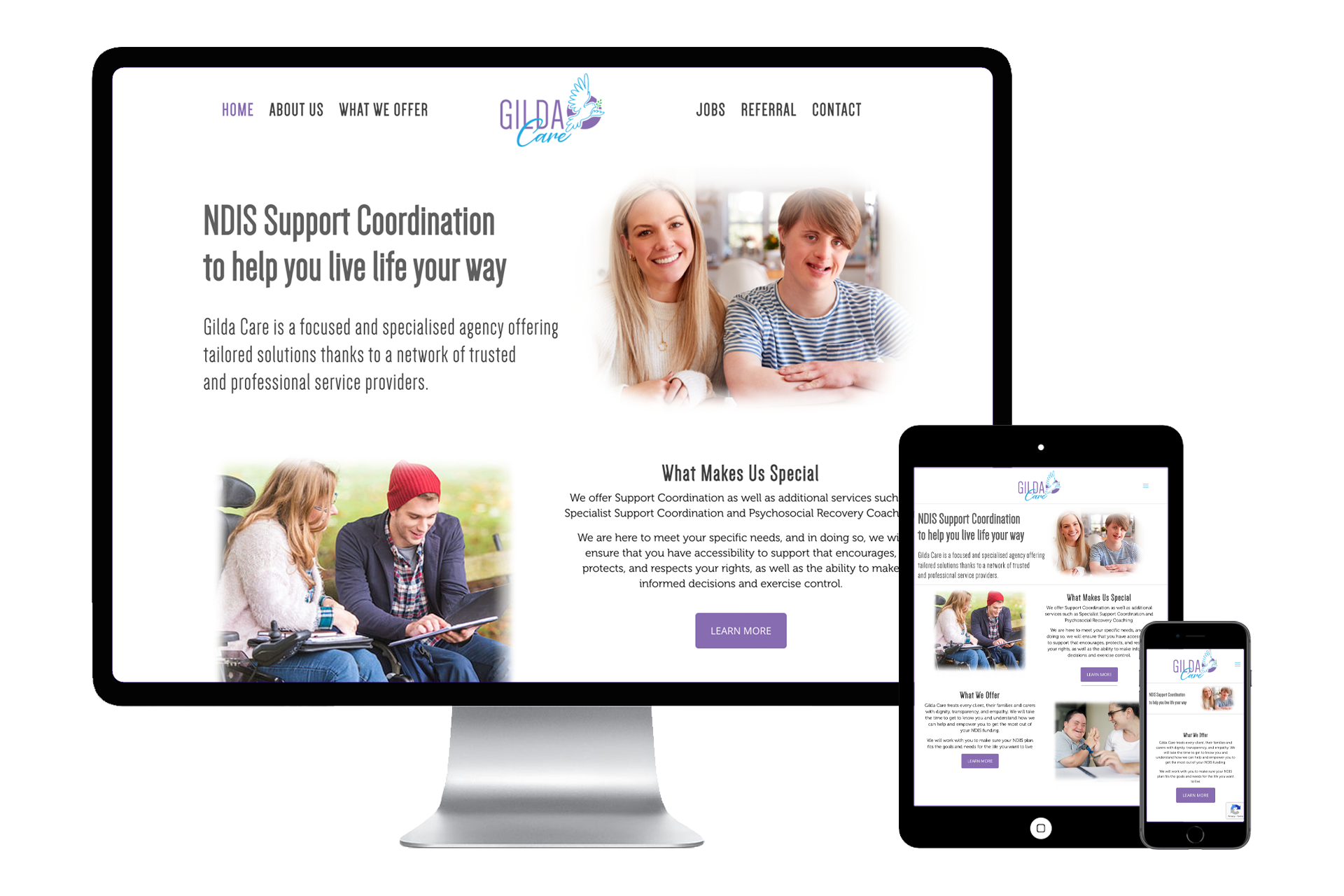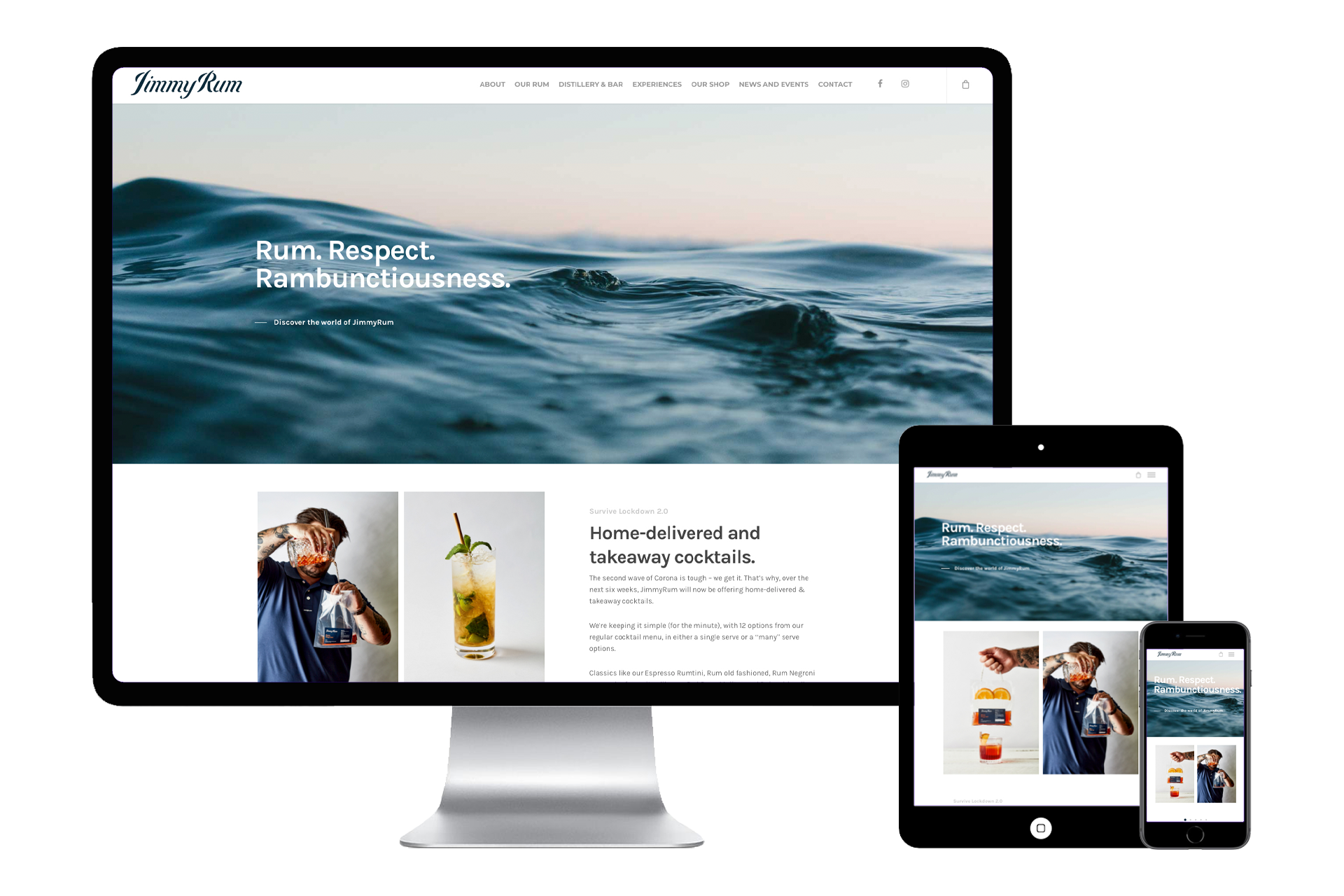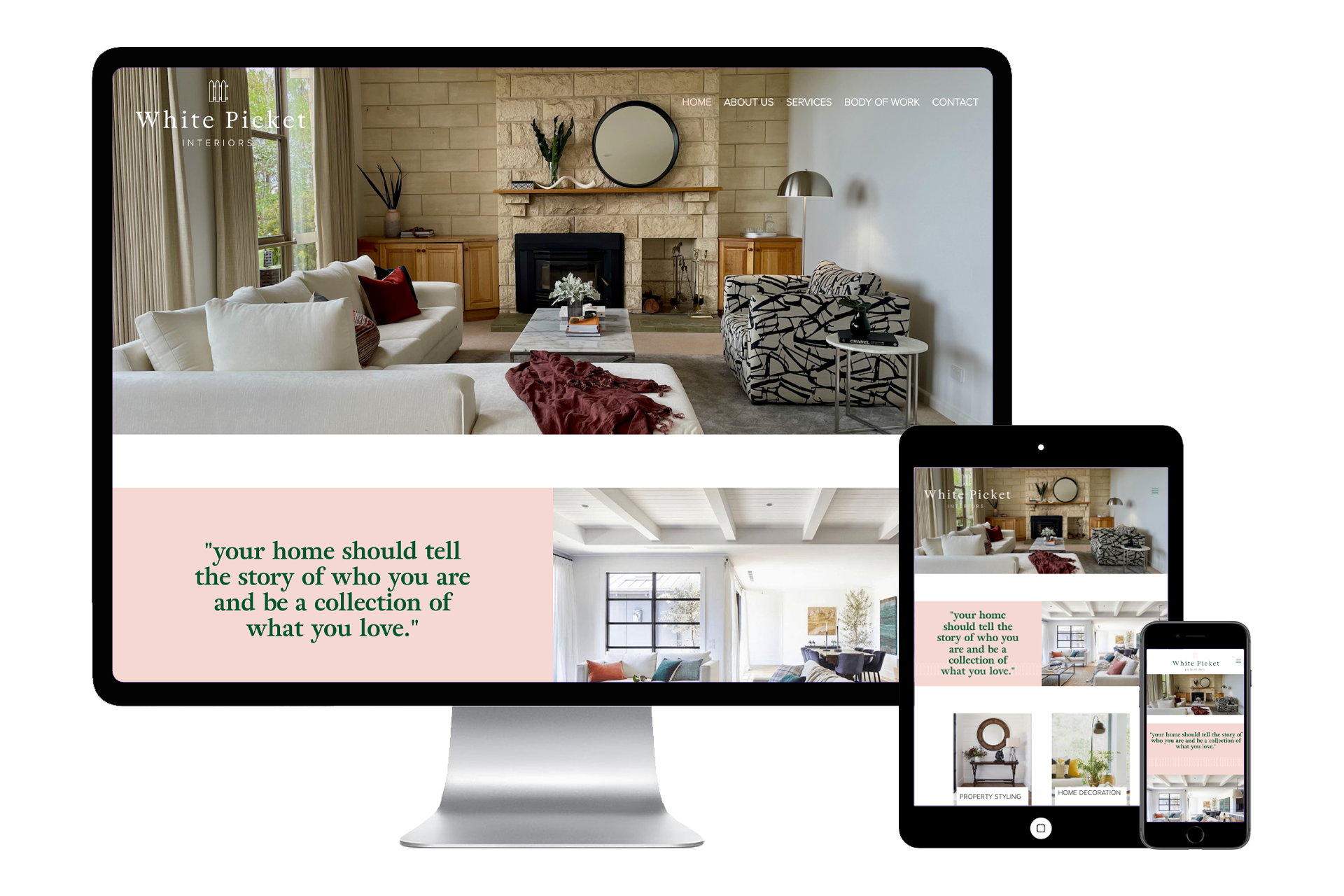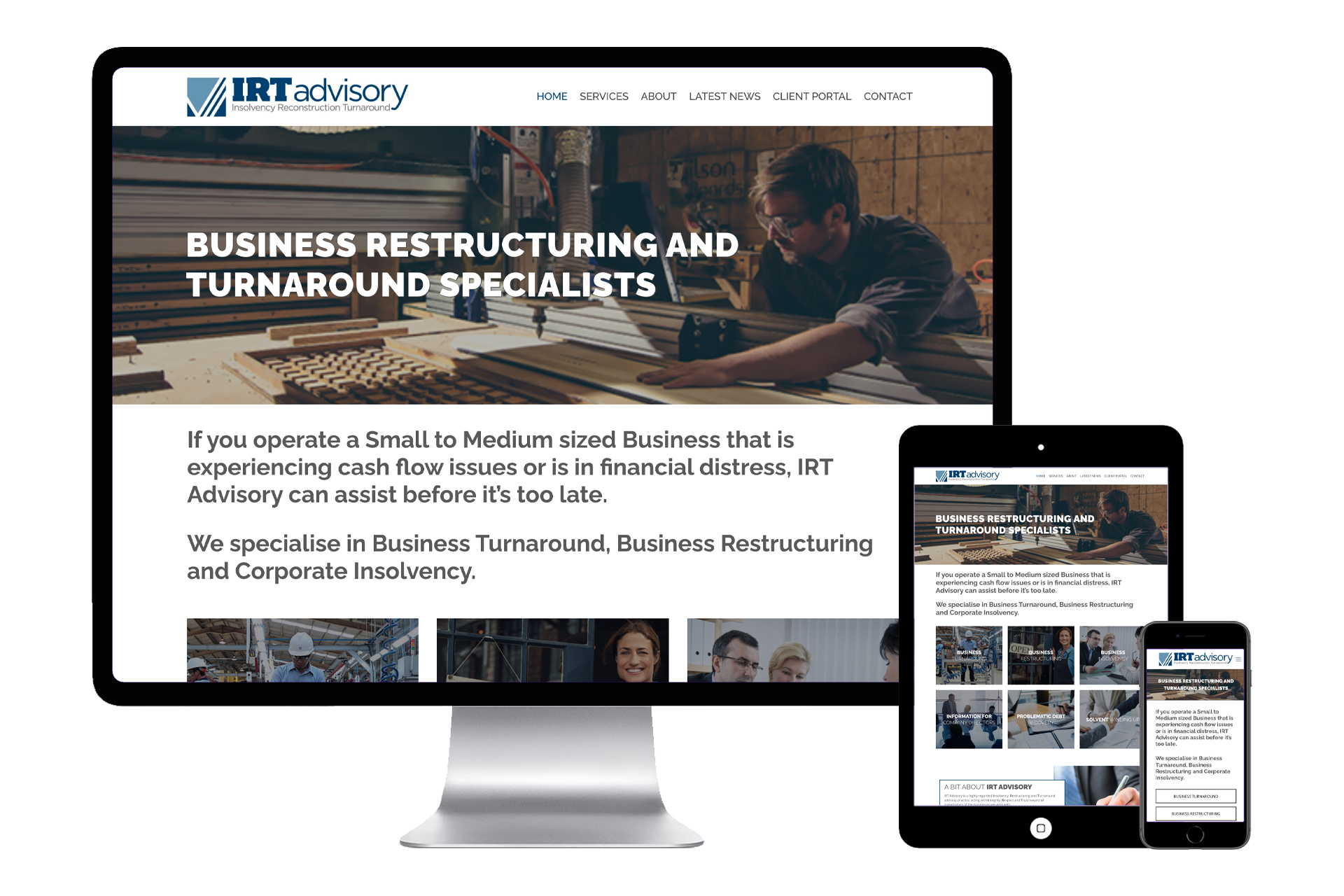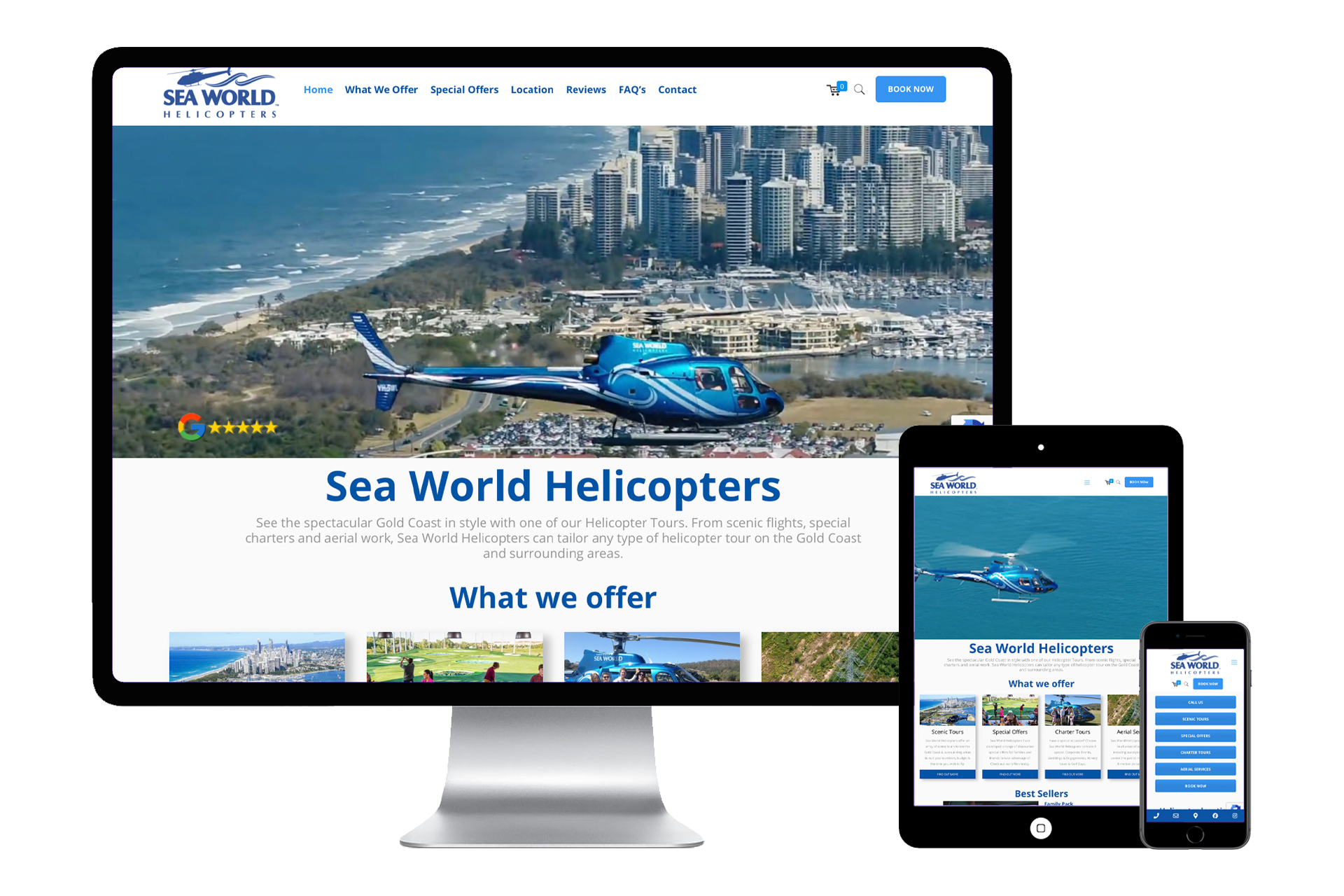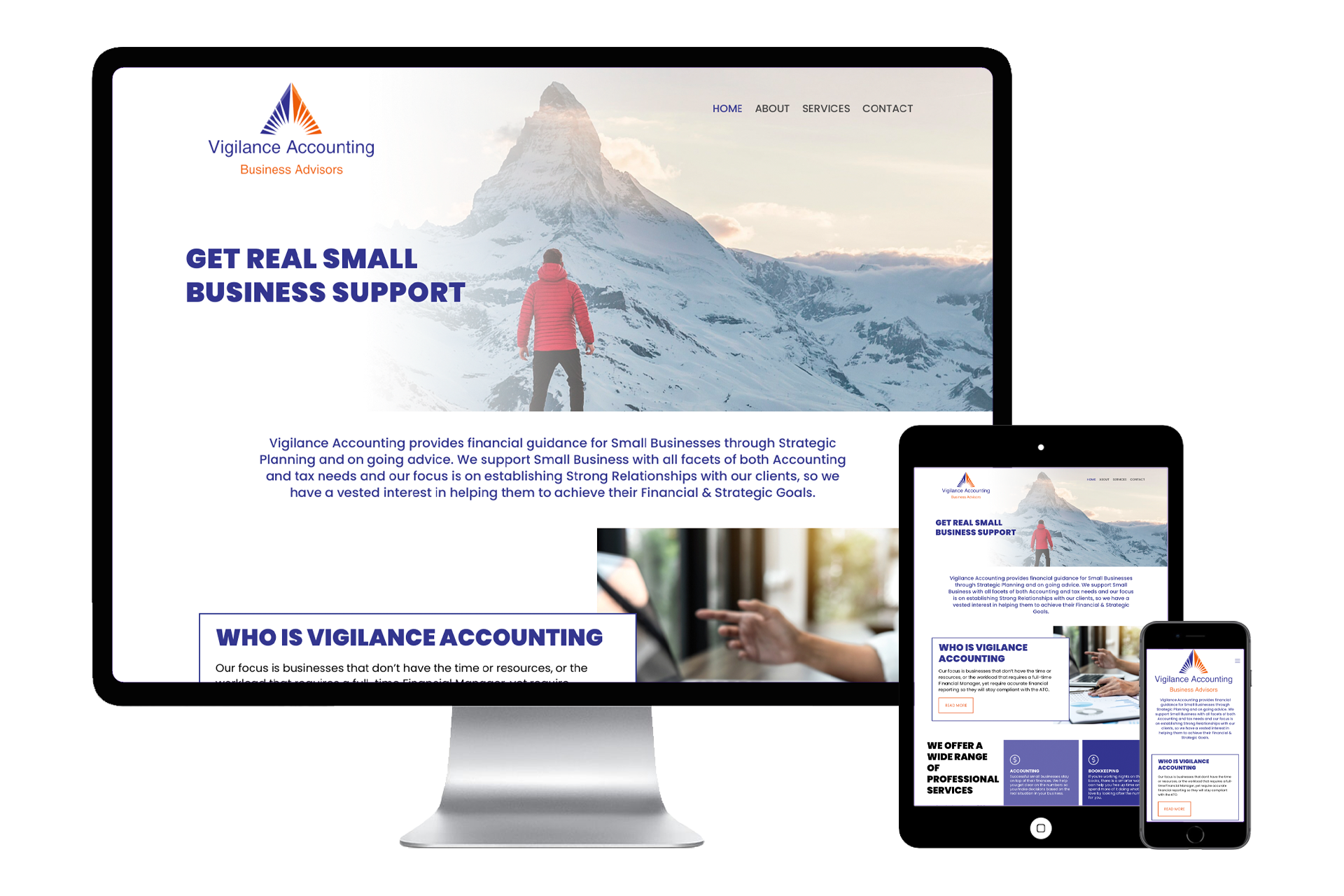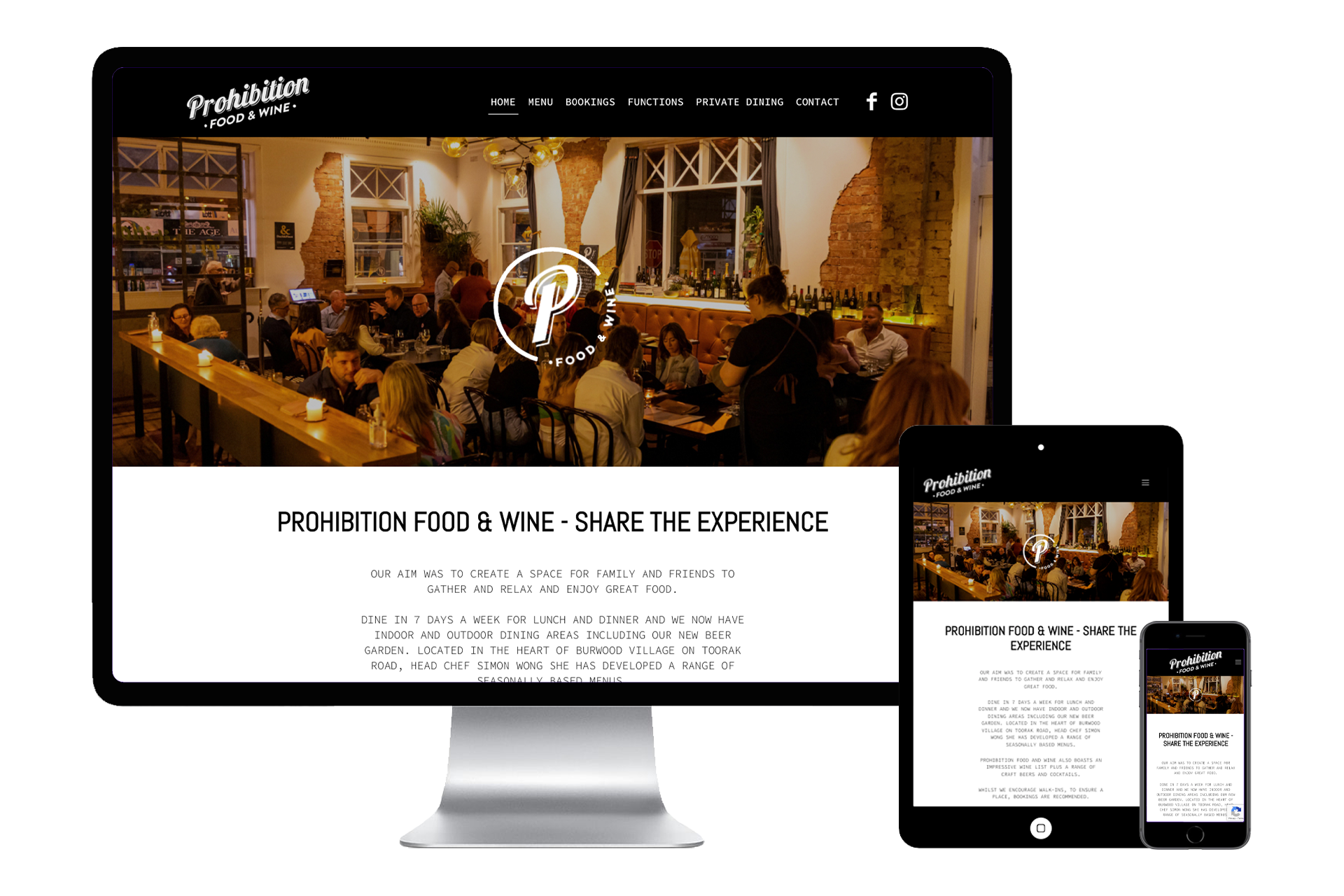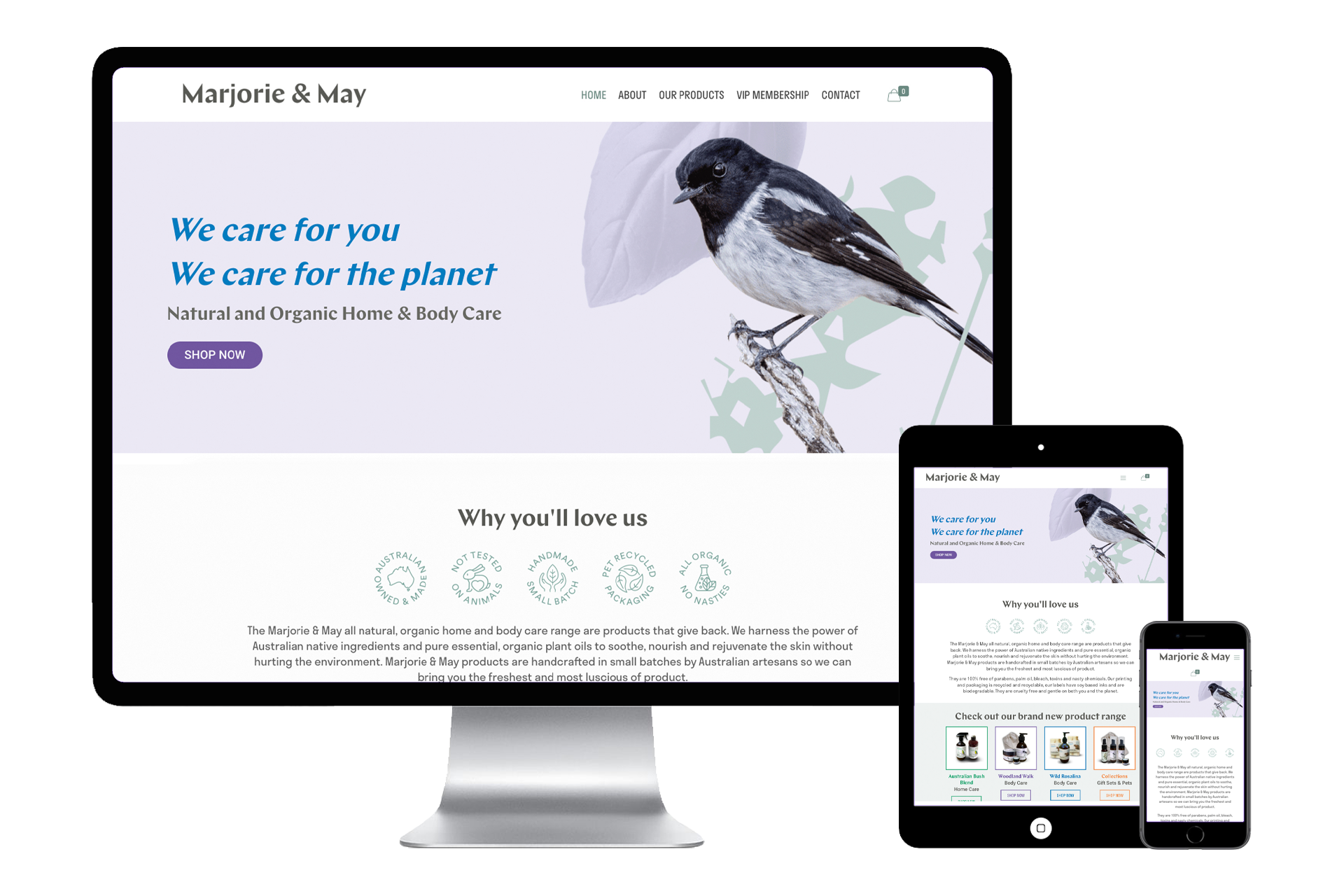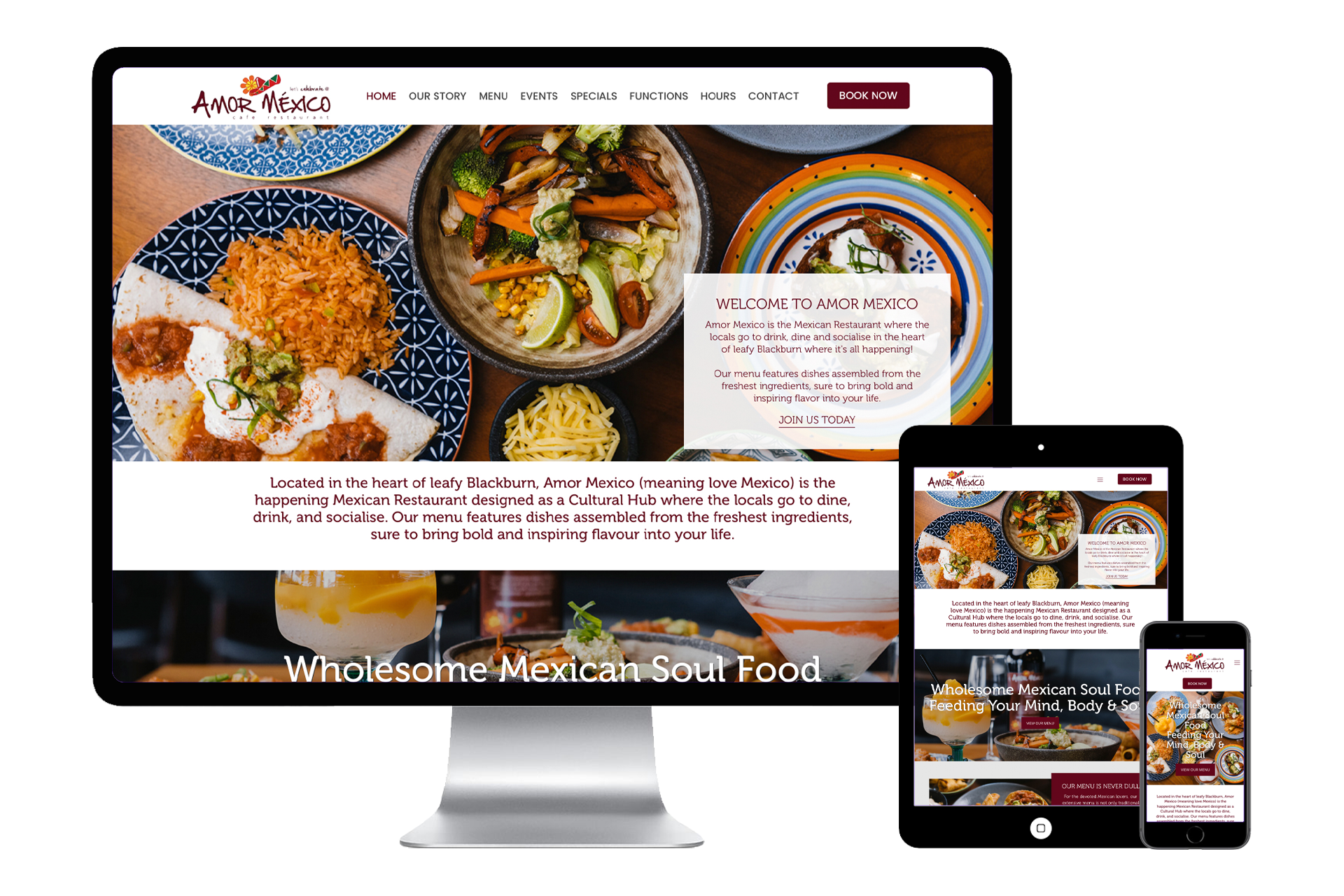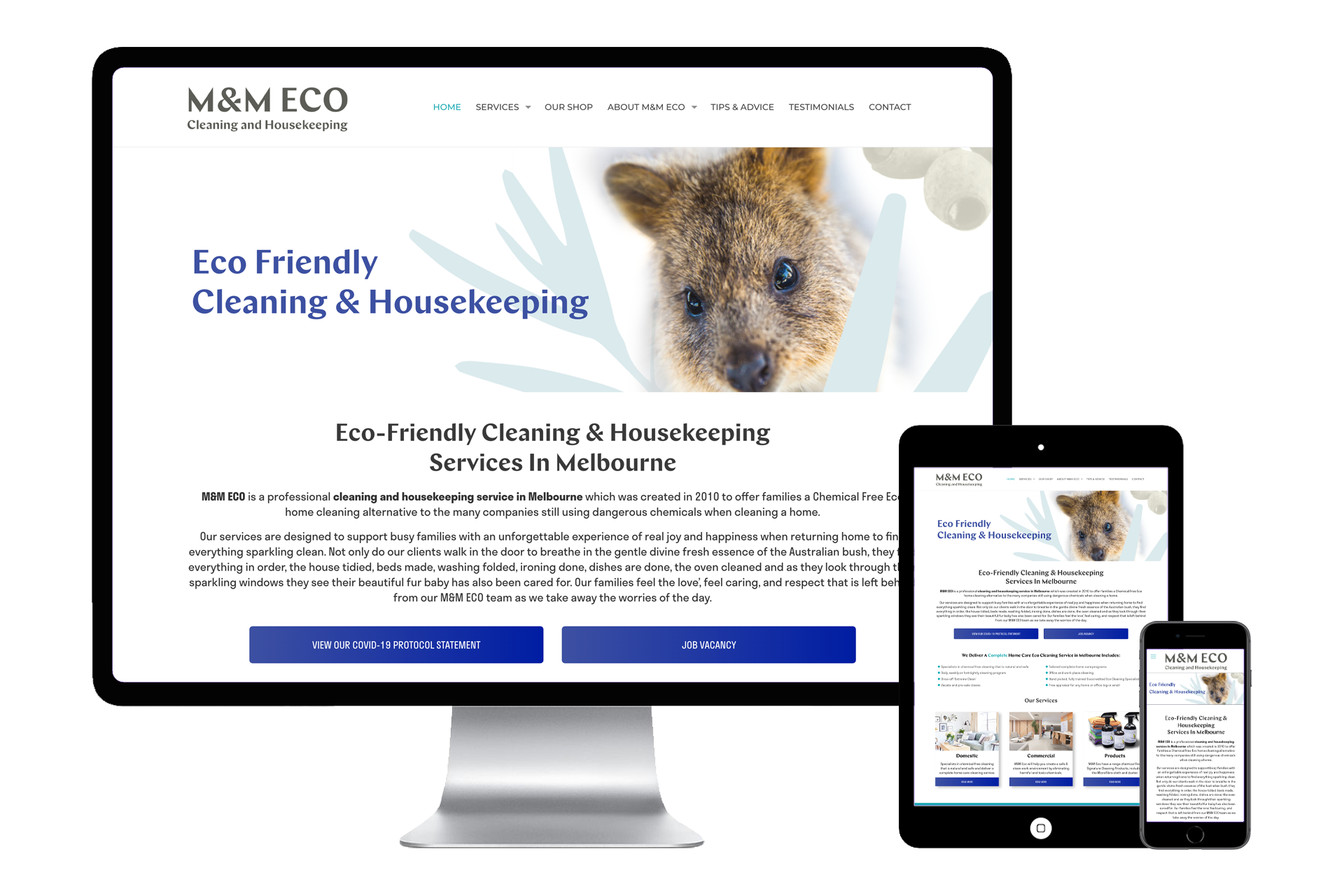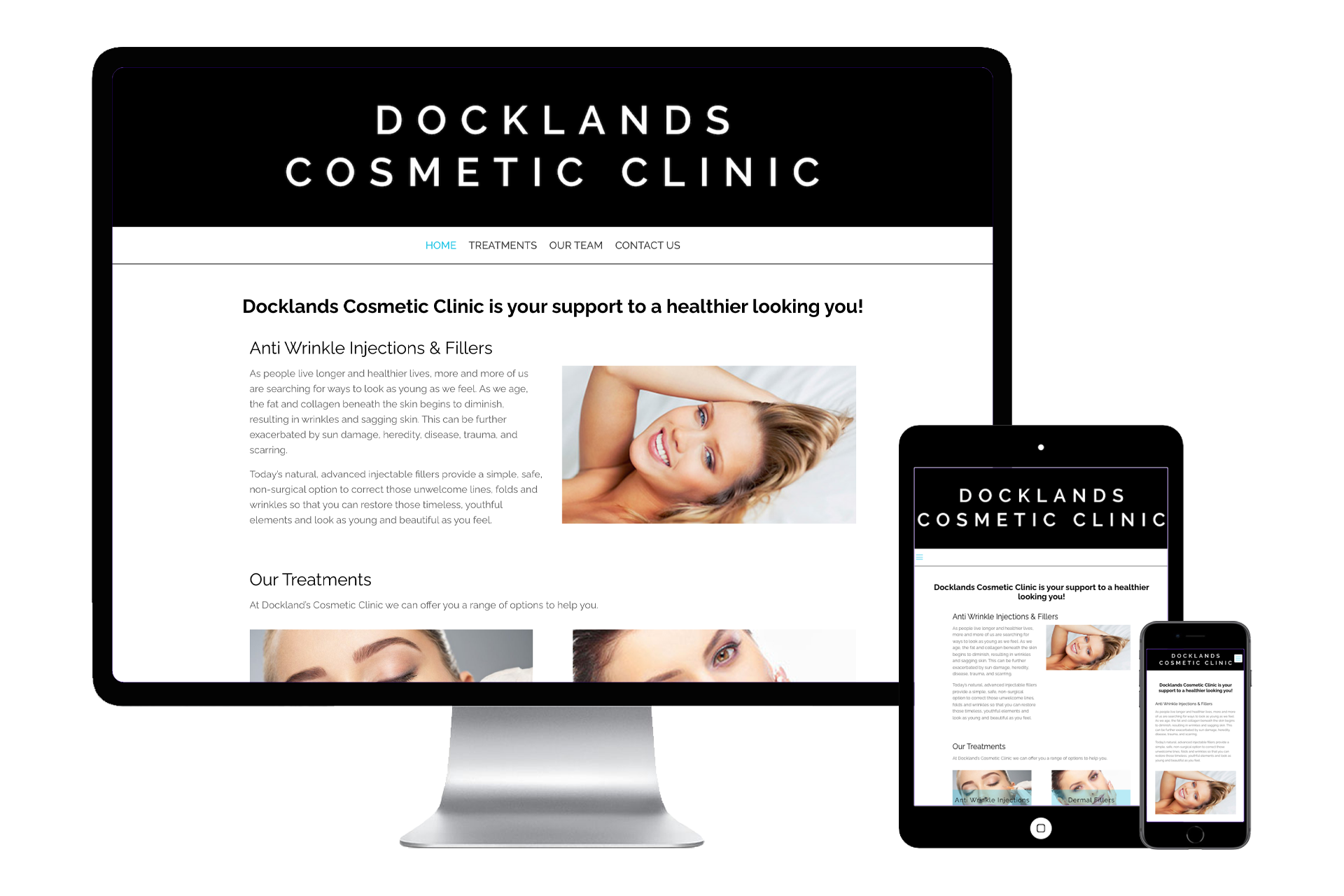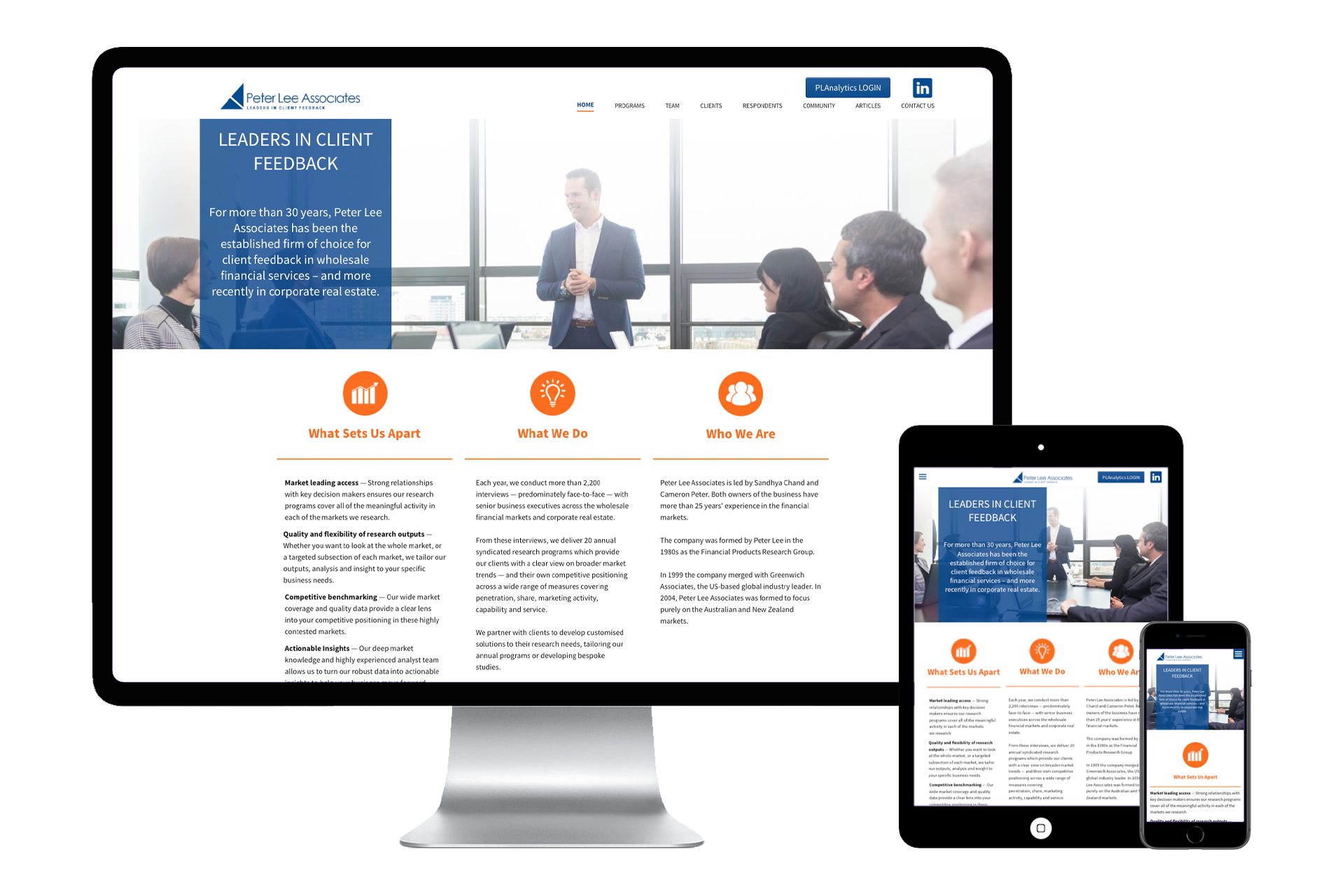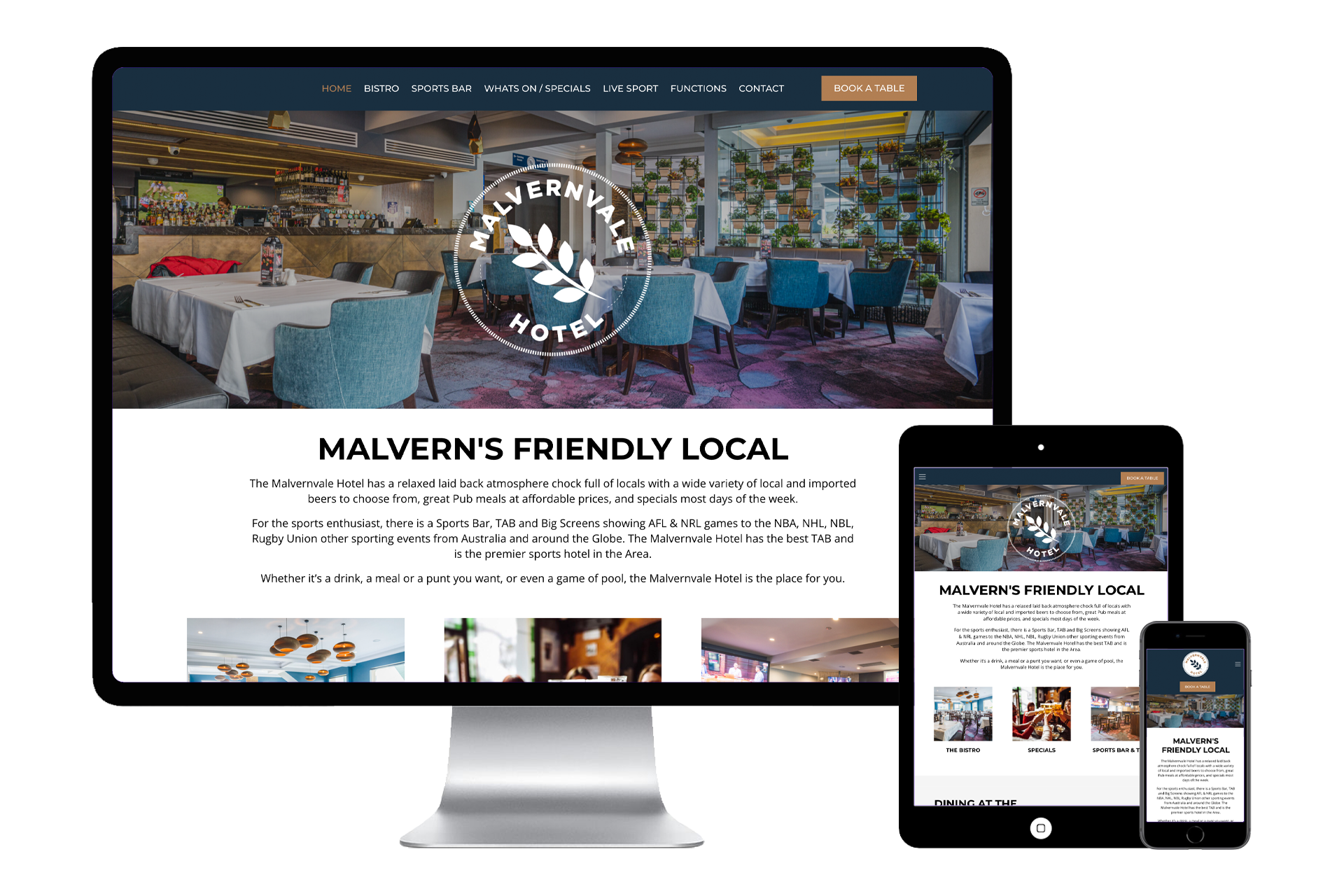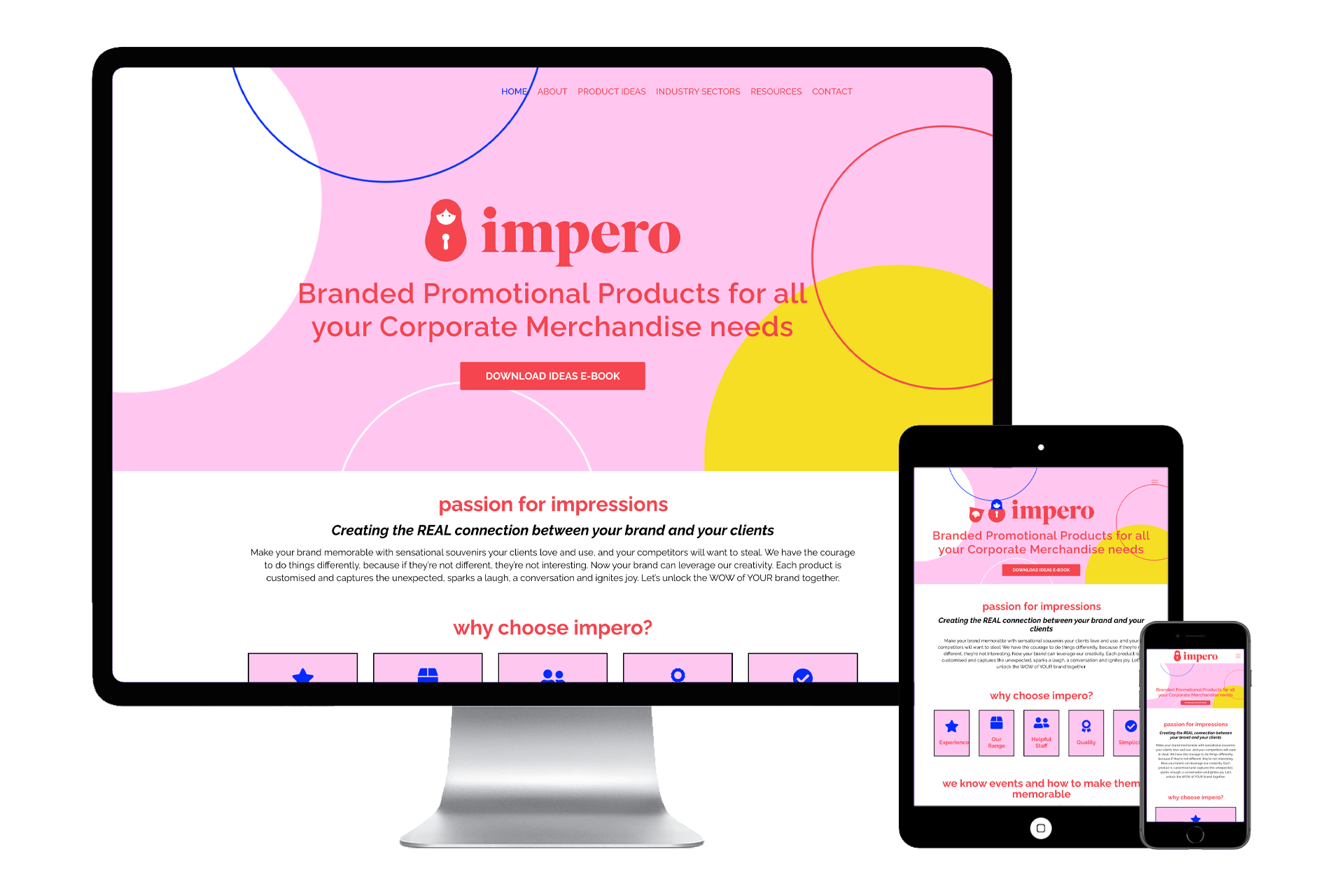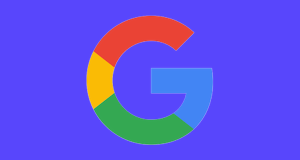 So you landed a client and you want to start working with them immediately. They need to get more customers A.S.A.P., and it’s up to you to get it for them. Before we even start building any Google Ads campaigns, there are some very important steps that need to be taken in order for us to reach this client’s goals and maintain them as a loyal part of our portfolio.
So you landed a client and you want to start working with them immediately. They need to get more customers A.S.A.P., and it’s up to you to get it for them. Before we even start building any Google Ads campaigns, there are some very important steps that need to be taken in order for us to reach this client’s goals and maintain them as a loyal part of our portfolio.
Talk to Your Client
This is the first and most important step of all. Getting to know your client is essential if you are going to be working with them. Knowing about their company history, values, product range, customers, etc. are all crucial when planning advertising for them.
Once we know our client, we should get to know their current state. Why did they hire your services? What are they looking to achieve in the near future? What are their plans for this quarter and the next?
Market Research
This isn’t so much a step as it is a constant activity. Research your clients market. Find out who their current, potential and ideal customers are. Where do they live? Where do they shop? Find out who their key competitors are both online and offline. Much of this information can come from speaking with the client, but the bulk of it will come from your own market investigation.
Use tools such as the keyword and display planners, as well as external tools like SEMRush and WhatRunsWhere. Read up on the latest articles from established forums such as Word Stream. If granted access, look into the brand’s Analytics to see where they’ve been and how they’ve done. There is so much you can bring to the table in your initial meetings with your client, if you’ve done your homework.
Discuss if Google is the Way to go
Your client has asked for an Google Ads campaign because it’s done miracles for them in the past. They are convinced that their new product will flourish with a few bucks invested in Google. But let’s not get too hasty.
Let’s be honest; these days Google is the default in the majority of the PPC market and to even consider anything else would sometimes seems ridiculous. But it’s not., If your client is an SMB with limited budget, then we have to be very careful where we throw their money at.
Determine the Objectives and Platforms
How many times have we heard a client say “Look, I want to run some of these banners that my design team has created”? The decision of which platform to use and which ad formats to run is often made by the client before they even contact their advertising agency. This is a recipe for disaster. The decision should always be the consequence of a strategic conversation between our agency and the marketing team of said company.
Objectives and platforms go hand in hand. When we are using Google’s range of platforms, we need to be aware of what each of them are good for, and what they are not. If your client’s objectives are to be found by active internet users, then Search is your best bet. If they are selling multiple products from their website, then a Shopping campaign will be perfect for them. If their objectives are purely for branding purposes, then invest their money into Display.
Ask for the Brief
After all the necessary conversations and meetings with the client have taken place, it’s time to bring it all onto paper. Creating a brief will be fundamental throughout the whole process. and having concrete information spread out in a clear way will not only help you plan and carry out your campaigns, but it will also hold the client accountable to what was agreed on in the initial meetings.
There are many ways to do this, but the most clear and simple way is to create your own brief template, hand it over to your client and then let them fill out the blanks for you. Fields that should be included are campaign objectives, budgets, location targets, key demographics, etc. Having a solid brief template will also add to your credibility as an agency.
Define Conversions
Ok great, so now we have the brief and we know what the client is looking for. It’s now time to establish what a conversion is. This is an action that will be considered a successful event. Frequent examples of these are form fill outs, product purchases, phone calls, and SMART goals (find out more about these in a separate article).
A common mistake made by both agencies and companies alike is the consideration of less important metrics as a mark of genuine success. Impressions, Clicks, CTR, Views, etc. are all great metrics to understand the bigger picture, but they are merely steps go achieve the final, concrete conversion. Sure, you can always claim that your efforts have increased Clicks and lowered CPCs, but this is rarely a measurement of success in itself.
Establish KPIs
Excellent, we now know what a conversion consists of. The next step is reaching an agreement regarding how many conversions we are promising the client. Once we know how many conversions are promised on a weekly/monthly basis, then we have a concrete number to aim for. This is extremely important for future accountability.
In order for this to all make sense, we need to know (or at least have a ballpark figure) of how much each conversion is worth to our client. This is necessary to justify our investments in the campaign. If we are putting in more money per conversion than we are getting out of them, it may be time to optimise the campaign or eventually reconsider our plan.
Set up Conversion Tracking
This is an essential step that is often skipped or implemented incorrectly. This usually requires some knowledge of tags and tracking tools, so be sure to test this out before going live. Linking your Google Analytics account to your Google Ads account is a good first step.
There is little worse than bringing in the conversions and not being able to prove it to your client. Tracking the conversions well will also allow you to understand the customer journey of the visitors and give you enough information to further optimise your campaigns around these insights.
Look at the Website
Your objective with Google Ads is to send the right traffic to the right pages at the right time and for the right price. You can build and manage the perfect campaign, but if the website is sub par, you will not be able to achieve the conversions required. Because of this, the destination you are sending them to is essential, and the bad new is that there is rarely anything you can do about it, unless your agency also is behind the design of the website.
If you feel that the website that you are being asked to send traffic to doesn’t do the job it’s supposed to, you may want to suggest a specific landing page for your Google Ads traffic. Dedicated landing pages are faster to design and implement, and have the advantage of being easily customisable for the purpose at hand. Furthermore, they can track conversions and attribute them with more precision, since we know that all traffic is arriving from Google Ads.
Plan the budget
Everything is now set to be kicked off. It’s time to start building the new campaigns and set them live, right? Not so fast. Planning a budget may be the final step before launching, but it’s extremely important. We know exactly how much we are going to spend in our first month, so now we must look at the campaigns and platforms that we plan to build, and assign them an individual budget. This applies to both within and outside of our Google platforms.
How much will be invested into Search vs Display vs Gmail campaigns? How flexible will we be if by next month we discover that Facebook or Bing is performing significantly better or worse than Google Ads? We need to have a solid plan to follow month by month depending on the performance of all of our campaigns.
Final Thoughts
Now that we’ve spoken to our client, collected and researched all the information necessary, and planned out our Google Ads campaigns, we’re ready to begin the building process. If you are having problems with your current digital marketing get it touch no a no obligation conversation.
